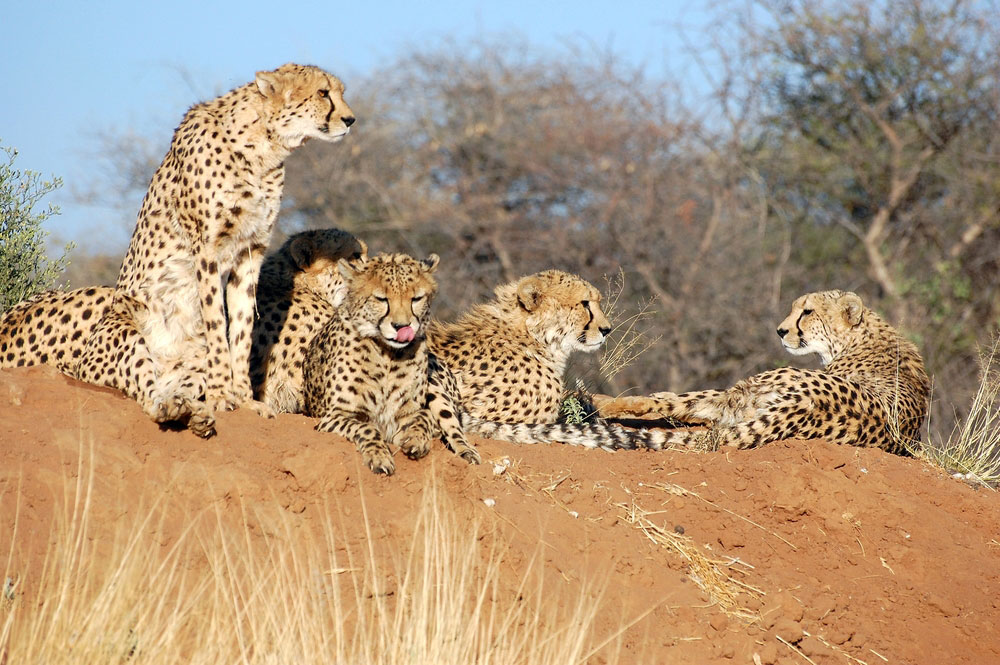While it is impossible to change the past, efforts can always be made to adopt a different course for the future. The Supreme Court seemed to recognize this recently when it said that it would allow the Centre to introduce the African cheetah from Namibia to a suitable habitat in India. The Asiatic cheetah suffered a sorry fate in India: the last three were said to have been killed in 1947, and the animal was declared extinct in the country in 1952. As such, the apex court’s decision, if implemented properly, would be a significant step towards widening the nation’s biodiversity and bolstering its ecological balance. Given India’s dubious record in terms of poaching and conservation — in 2013, the top court had made observations about the need to protect highly-endangered species such as the Bengal florican, the dugong, the Manipur brow-antlered deer and the great Indian bustard — the reintroduction plan for the cheetah must be closely regulated to enhance the big cat’s chances of survival.
To this end, the Supreme Court will monitor the relocation project and a panel comprising wildlife experts will present a report to the court every four months. But does the government and its institutions tasked with ensuring the success of such a project share the apex court’s vision and rigour? India’s attitude towards conservation has always been a cause for concern. While it has rightly focused on the protection of animals such as the tiger — last year it was reported that the wild tiger population in the country had increased by more than 30 per cent in four years — the same importance has not been extended to other species, as is evident in the top court’s observations in its 2013 judgment. Mere relocation will do no good unless the contribution of all species to the balance of the ecological system is acknowledged by the State. Not only must the habitat chosen for the cheetah be conducive to its survival, but other factors, such as the pressures of increased tourism to such areas, must be considered by the government. The forest department is underfunded and undermanned — from where, then, does the government plan to acquire the manpower and infrastructure required to prevent poaching and tourist excesses? Unless these concerns are addressed, the cheetah might meet the same fate it did in 1952.












